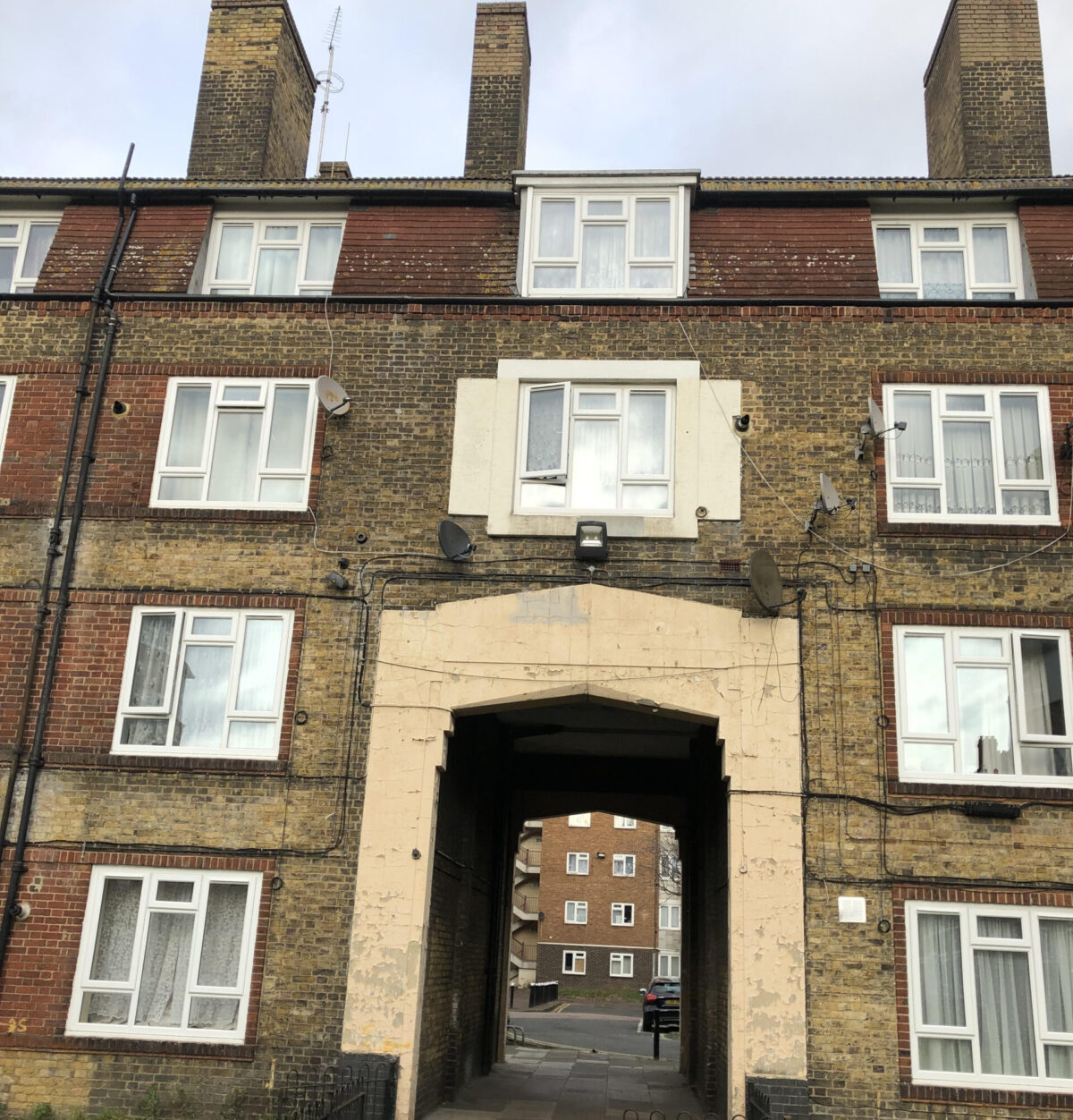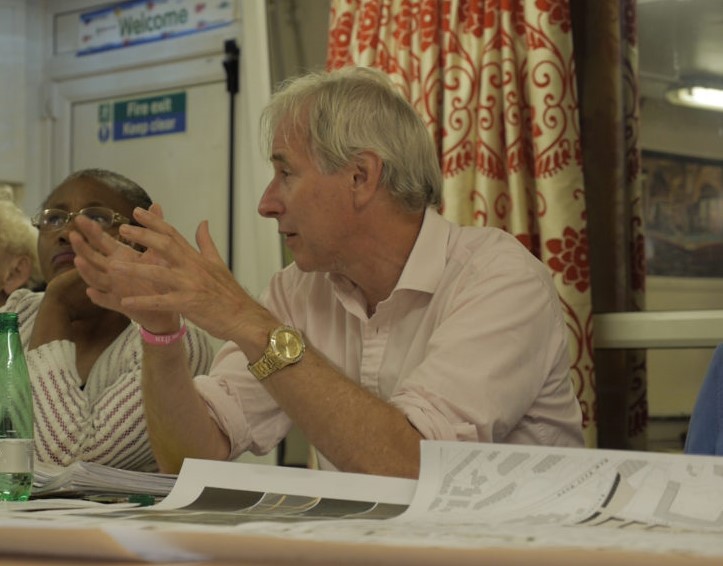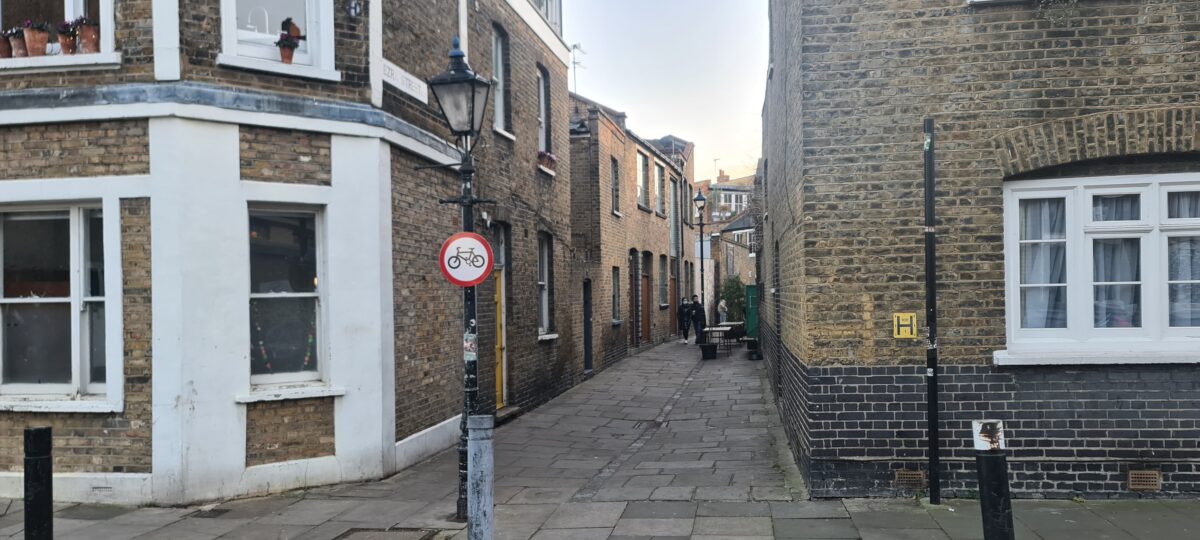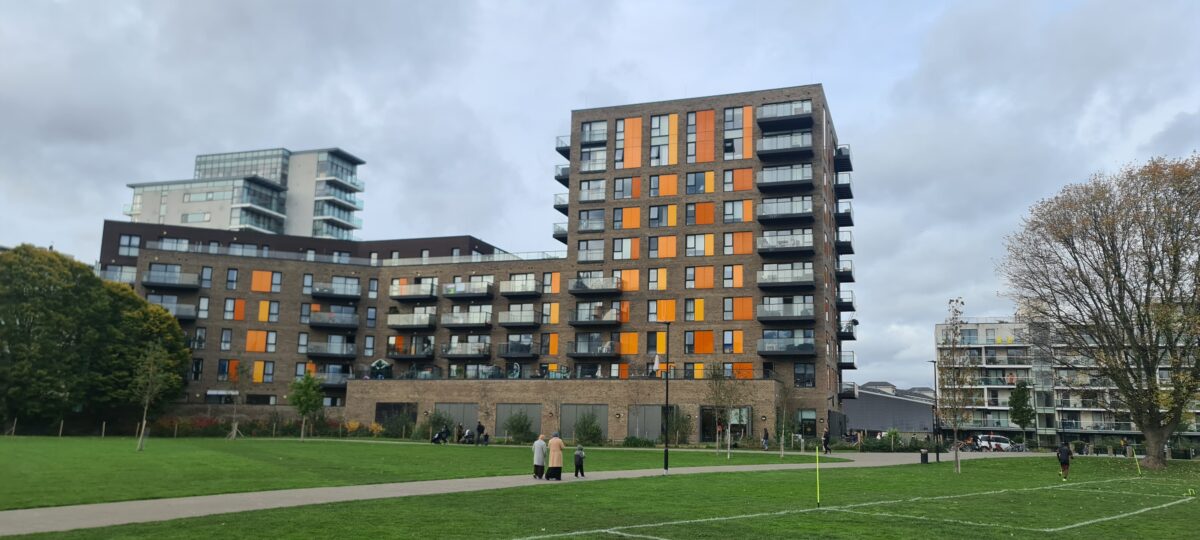Despite presenting a large volume of legislation, overall the policy proposals in the Queen’s Speech will do very little to address the underlying causes of our country’s housing crisis. Labour Housing Group has long argued for systemic change in the supply of genuinely affordable housing (the planning system and housing finance), reform of the benefits system, and regulation of the private rented sector and is campaigning for housing to be set in legislation as a human right.
The legislation proposed in the Queen’s Speech will not address the challenge of a desperate shortage of genuinely affordable homes, the poor quality and energy inefficiency of all housing stock or the growing problems of homelessness and temporary accommodation. The legislative programme does not bring forward ideas for the failing social security system which is leaving families having to choose between heating and eating. I have set out the outline of what is expected in each of the Bills and then highlighted what’s missing.
The Renters Reform Bill is expected to abolish ‘no-fault’ evictions by removing Section 21 of the Housing Act 1988. We have heard this before and we must hold this Government to their promise to now deliver this. The Bill also proposes to reform possession grounds for landlords – it is not clear what these will be or how the Bill will tackle the issues with administration of evictions.
The proposal for a legally binding Decent Homes Standard in the Private Rented Sector is certainly welcome but currently lacks detail for how this will be enforced, how the enforcement will be funded and how the works to ensure the Decent Homes Standard will be administered or paid for. Similarly, the introduction of a new Ombudsman for private landlords to resolve disputes could be a positive step forward but experience from the Housing Ombudsman, under-resourced and under-powered and struggling to keep up with the flow of escalated complaints from social landlords, suggests that unless this is properly funded this will create more uncertainty for renters.
The Social Housing Regulation Bill attempts to give more focus on consumer standards. With plans to enable the Regulator to intervene with landlords who are performing poorly on consumer issues there is hope for the many residents who struggle to secure a decent level of repair service from their landlord. This is a u-turn from the Coalition Government’s abolition of the Tenants Services Authority in 2010. The impact of this Bill will only really be felt by tenants once the new powers and functions come through the Social Housing Regulator. Labour Housing Group will work with Labour MPs to make the case that the Social Housing Regulator is properly funded to deliver this expanded role.
Enabling the Regulator to inspect landlords is encouraging – the tenants that I represent who receive a poor repairs service would welcome the chance to call for an inspection and to see the outcome of that inspection. This Bill still has gaps. There is no stated role for Local Authorities or Local Councillors who are often the first to hear about the impact of poor consumer standards.
It is also silent on the role of local authorities with housing association disposals – local authorities have a responsibility to assess housing needs for their local areas and planning powers to secure affordable homes but there is no requirement for housing associations or the Social Housing Regulator to consult local authorities on the impact of disposals. Finally, this Bill is a missed opportunity to invest in tenant engagement including a requirement for tenants to be on Housing Association Boards or to have a say on local management decisions.
The Levelling Up and Regeneration Bill promises mostly administrative changes to monitoring levelling up, alongside tinkering at the edges of the planning system. Anyone committed to seeing more affordable homes built will despair at the lack of ambition from this Bill. The idea of organising votes on a street by street basis to determine planning applications will just bring in unnecessary bureaucracy to an under-resourced planning system.
The focus should have been on supporting clear policies which prioritise affordable homes and high-quality design standards. We await the detail on how the Bill will support local authorities to bring empty premises back into use and support the high street – currently local authorities have broad powers to support regeneration and so it’s difficult to see what more will be added which would have a meaningful impact.
It is positive that the Energy Security Bill proposes to appoint Ofgem as the new regulator for heat networks. I represent residents in new build homes who have no control over their energy prices and no powers to demand transparency over costs or choice of provider. The appointment should go further and provide clear local involvement for consumers so that they have a say in their energy provider. There is a huge gap in making plans to insulate and retrofit existing homes so that they are more energy efficient. Only a street by street, block by block programme, with sustained investment from national Government will secure the reduction in energy use that is needed to get to Net Zero.
It’s clear what’s missing from this legislative programme. The Government has failed to address the issue of short term lets, which is eroding the availability of affordable homes across the country, particularly in London and areas with a growing tourist economy. The Government’s failure to really grasp this issue and tackle the impact on housing supply and on communities lets down both homeless families and those hoping to join the housing ladder.
It is unsustainable for short term lets platforms to continue operating in central London without further regulation. There is a gap where there should be a long term commitment to investment in genuinely affordable council and social housing. This should be delivered through Government co-ordination of major new housing schemes alongside a sustained funding stream.
Going forward, Labour Housing Group will work with the Labour front bench and Labour MPs to make the case for the strongest possible action within these Bills to address the housing crisis.




















